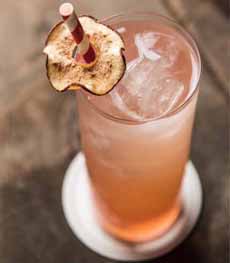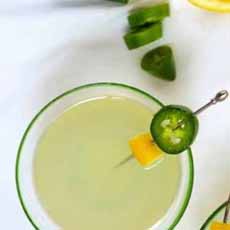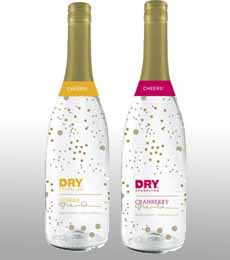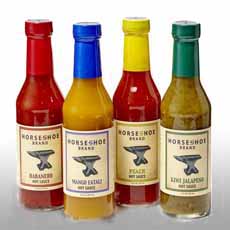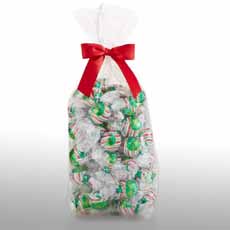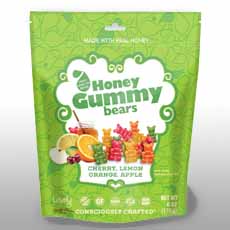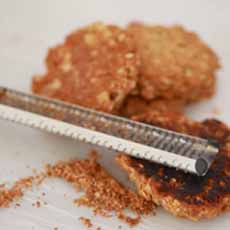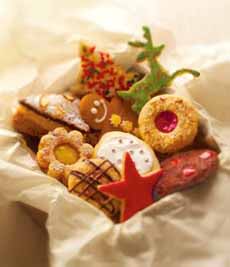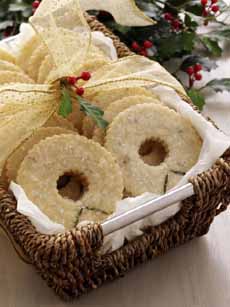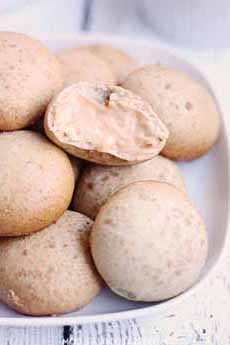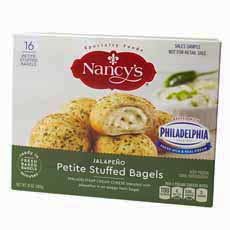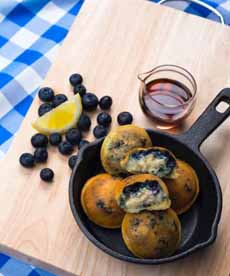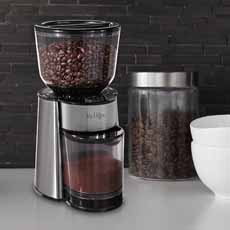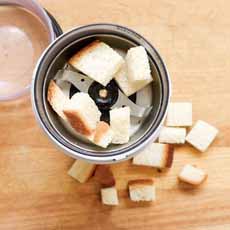|
Stocking stuffers, teacher gifts, small thank-you’s: Here are some favorites this holiday season, in alphabetical order.
1. DRY SODA: HOLIDAY FLAVORS IN HOLIDAY PACKAGING
For soda drinkers with a refined palate, Dry Soda cuts down on the sugar and amps up the natural flavors.
The holiday packaging for Ginger[Ale] and Cranberry requires no more from you than a neck tag or a ribbon.
The bottles also look great on the bar, for mixers.
Year-round flavors include Blood Orange, Cucumber, Fuji Apple, Ginger, Juniper, Lavender, Rainer Cherry, Rhubarb, Vanilla and Watermelon.
Learn more at DrySparkling.com.
Here’s a store locator.
2. HORSESHOE BRAND: ARTISAN HOT SAUCE
These small-batch hot sauces, lovingly made by hand, are as good as it gets.
They deliver not just heat, but flavor that comes from whole chiles (as opposed to capsaicin extract) and top-quality produce.
The flavor lineup includes Cajun, Chipotle, Habanero, Kiwi Jalapeño, Mango Fatali*, Maple Cayenne, Roasted Garlic and XXXtra Hot.
They’re $5.99 each; a mix-and-match six-pack is $29.95.
Get yours at HorseshoeBrand.com.
________________
*The fatali is a cultivar of the chile Capsicum chinense, developed in southern or central Africa from chiles introduced from the Americas. It has a fruity, citrus flavor with a searing heat comparable to the habanero, to which it is related and from which it may have derived.
3. LINDT: LINDOR HOLIDAY TRUFFLES
These bite-size orbs are an addiction: a delicate milk chocolate shell filled with Oreo-type cookie pieces and creamy peppermint.
After their debut last year, they sold out. We’re stocking up big time this year, to keep us going…at least until Valentine’s Day.
Give them to anyone with a penchant for candy canes, Junior Mints or York Peppermint Patties. They’re the “gourmet version” of the latter two.
A 75-piece bag that you can break down into smaller portions is $24.99. Smaller bags of 28 pieces are $13 at Lindt stores.
4. LOVELY CANDY: HONEY GUMMIES
Honey Gummies from The Lovely Company are the first gummy candy that lists honey as its primary ingredient.
They’re made without gelatin, and have a delightful flavor and consistency.
The SRP is $4.99 for a 6-ounce package. The line is free of high fructose corn syrup, gluten, and artificial colors and flavors.
To give the green package a holiday theme, punch a hole near the top and thread a red ribbon.
Get yours at LovelyCandyCo.com.
|
